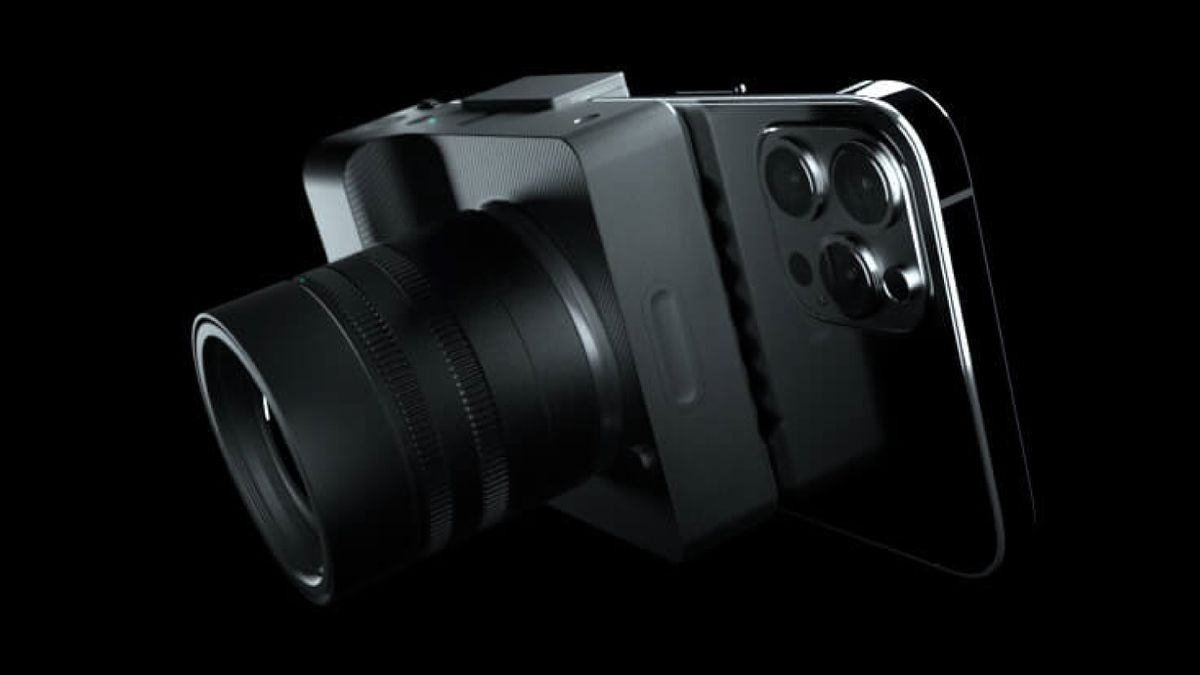Addressable TV Ad Measurement: Will We See Groundbreaking Solutions In 2021?
The popularity of connected TV advertising is surging despite the pandemic, demonstrating high streaming viewership and ad spend expected to total $8.11B by the end of 2020 and increase up to $11.36B in 2021. However, while CTV offers advanced targeting, audience reach, and flexibility in running campaigns, not everything runs as smoothly when it comes to measuring the effectiveness of ad campaigns.
So far, several ad measurement limitations are keeping brands away from embracing CTV advertising fully. A lack of unified metrics makes it challenging for advertisers to pick highly relevant ad creatives and leads to higher prices to pay: CPMs for CTV may range between $20 and $40. Besides, as one streaming account is often shared between several family members and friends who can also watch video content and ads together, advertisers face one more CTV impression counting and measurement issue. On one hand, co-viewing looks promising as this trend seems to guarantee advertisers double reach. However, being mistakenly assumed to be static, co-viewing is actually dynamic, making it hard to separate target audiences and identify which content genre and time of day corresponds to which particular viewer category.
Other than that, there are more measurement and verification issues related to a lack of access to numerous device platforms and the increasing usage of Server-Side Ad Insertion (SSAI) in CTV ad serving, such as TheViewPoint. Put briefly, the first issue creates difficulties for 3rd-party verification vendors who can’t access client-side data in many cases. In turn, the nuances of using SSAI include complications around invalid traffic detection.
Yet, there’s hope, as the industry has already been working on treatments to deliver better measurement support for CTV ad platforms.
What progress has been made in bringing clarity and measurement unification so far?
Much work needs to be done to bring common standards into the measurement system of ad campaigns efficiency, audience identification, attribution details, and data ownership. So far, the ad tech market players have started embracing first initiatives to improve standardization across the industry and provide more clarity and genuine insights.
One way to do that is to use the pixels compatible with leading CTV/OTT streaming platforms like Apple TV, Amazon Fire TV, or Chromecast. Ad tech vendors use such pixels to get precise data about ad creatives viewability, tracking from as minimum as 1 second of ad display.
Another approach to better measurement relates to the already mentioned SSAI, ad-stitching technology that seamlessly integrates ad video into the streamed content and should identify and pass information about the device as well as where content is consumed. This technology, however, doesn’t work accurately sometimes. The solution to address this issue comes in establishing direct partnerships between advertisers and publishers. Specifically, publishers can help buy-side understand and correct unrecognised SSAI data signals. The essence distilled from direct partnerships can be especially concentrated if different publishers put their data together and hence provide their advertisers with the opportunity to impact campaigns’ performance and get ultimate results.
When it comes to measurement unification, it’s also worth taking a closer look at Automatic Content Recognition (ACR) technology. By leveraging ACR, with video fingerprinting technology in its core, advertisers can collect data about content displayed across the TV screens right from the viewer’s smart TV devices or installed TV and mobile apps. Hence, this technology helps advertisers measure their CTV ad performance, get insights into viewing behavior, and do that across CTV, mobile, and desktop screens.
What else brings better standardization to the industry is solutions provided by Nielsen and other data analytics companies. With their reports, advertisers can better understand user behavior patterns and interests, segment the audience, and so sharpen their targeting. Though, that’s not the only initiative Nielsen takes to bring the era of great addressable TV measurement closer.
A new hope with Nielsen, IAB initiatives, and joining forces across the industry
Just recently Nielsen has announced that it will start measuring CTV campaigns in Digital Ad Ratings and Total Ad Ratings. First, this will specifically work for YouTube and YouTube TV apps on CTV to provide cross-platform metrics. Yet, we’ll see more CTV apps and streaming platforms embracing addressable Nielsen TV measurement soon, as they expand their Advanced TV product suite with measuring ad impressions and audience reporting across all platforms.
We’ll also witness better approaches to coping with co-viewing measurement limitations that can be combatted through 3rd-party measurement vendors as well as more empirical research and the implementation of industry norms.
Other encouraging initiatives belong to IAB’s technological advancements. We’re talking about Open Measurement that was originally created to provide a common mobile SDK for the good of publishers and verification vendors. Based on the same concept, IAB works on Open Measurement for CTV support. This technology will provide 3rd-party verification vendors with shared API and SDKs to be integrated into every streaming platform.
Along with the initiatives mentioned above, it’s essential to bring unification to the whole industry which is nearly impossible without shaking the walled gardens built by the Big Four (Google, Amazon, Facebook, and Apple). Hence, the whole ad tech ecosystem needs to come together and convince the Big Four to start a dialogue about taking steps towards common solutions.
Paving the way to the future of addressable TV ads measurement
With all the promising steps and hopes, there’s still untapped potential around addressable TV measurement. To help advertisers fully embrace CTV/OTT in 2021, ad tech vendors should keep on bracing the technology aspect. By working together on standard criteria, solutions focused on measuring streaming TV inventory, and activities aimed at drawing the attention of industry titans, ad tech as a whole can reach better control, transparency, and standardization of addressable TV ad measurement.
Tags
Create your free account to unlock your custom reading experience.



